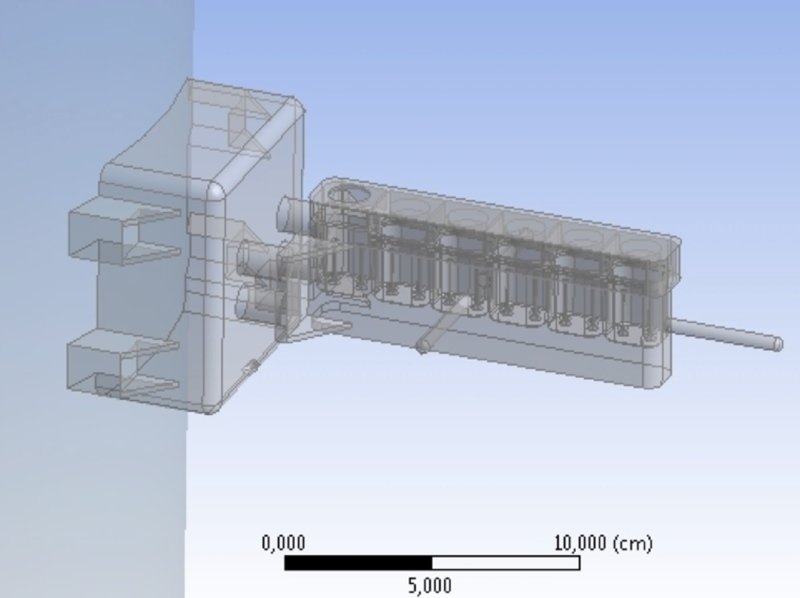Project to build a water collection farm on Mars
Future astronauts on Mars may not have to worry about the broth on Red planet, because a water collector is expected to be deployed on the surface of Mars in 2018.
According to RT, the wet farm is part of the ExoMars Mars exploration mission in 2018. ExoMars is a joint project between the European Space Agency (ESA) and Russia's Roscosmos space agency. The farm uses small devices called HABIT , using salt to draw 5ml of water from the air every day.
Scientists decided to deploy this plant, after the US Aeronautics Agency (NASA) announced the existence of liquid water on the surface of Mars at night, and evaporated during the day.

Agricultural model of moisture collection by Swedish scientists.(Photo: Phys.org).
A maximum of 25ml of water can be stored in each Habit pack . It may not sound like much, but this tiny water farm can be fully expanded, providing enough water for future astronauts on Mars, Javier Martin-Torres, Lulea University of Technology, Sweden - HABIT research author said.
"HABIT easily evolved into" water plants "producing on-site resources , " Javier said. "We will produce liquid water right on Mars, and this country will be used for Mars exploration missions."
Javier and his team estimate that each HABIT device can produce and recycle about 50 liters of water a year on Mars.
"Natural process and separation is the key to extracting pure water in the future," Javier said. "HABIT does not need additional energy to operate, and the collected dry salt is reused for the next collection cycle."
If successful, this project will be great news for NASA - the agency plans to bring people to Mars in the 2030s. In addition to the water collection function, the HABIT is also attached to landing gear to act as a station. meteorology measures temperature and humidity. It also has a Martian atmosphere dust collector, to check the level of seasonal dust changes on Red Planet.
The ExoMars project is expected to start in May 2018, including including a self-propelled robot that incorporates a two-meter deep drill to the Martian surface, as well as a fixed working platform on the Mars surface.
- Build a farm on the universe
- Why did the project bring people 'one go back' to Mars bankrupt but no one regrets?
- Anh: Start wind farm project
- Mars One plans to build a settlement on Mars
- There was drinking water on Mars
- Inauguration of the world's largest wind farm
- 'Mars Village' is expected to cost about 61 million USD
- Water flows on Mars - the discovery changes the cosmic perception
- The photos prove there is water flowing on Mars
- UAE's future Mars City on Earth
- Water collection from the fog
- NASA confirmed that there was water flowing on Mars
 Van Allen's belt and evidence that the Apollo 11 mission to the Moon was myth
Van Allen's belt and evidence that the Apollo 11 mission to the Moon was myth The levels of civilization in the universe (Kardashev scale)
The levels of civilization in the universe (Kardashev scale) Today Mars, the sun and the Earth are aligned
Today Mars, the sun and the Earth are aligned The Amazon owner announced a secret plan to build a space base for thousands of people
The Amazon owner announced a secret plan to build a space base for thousands of people